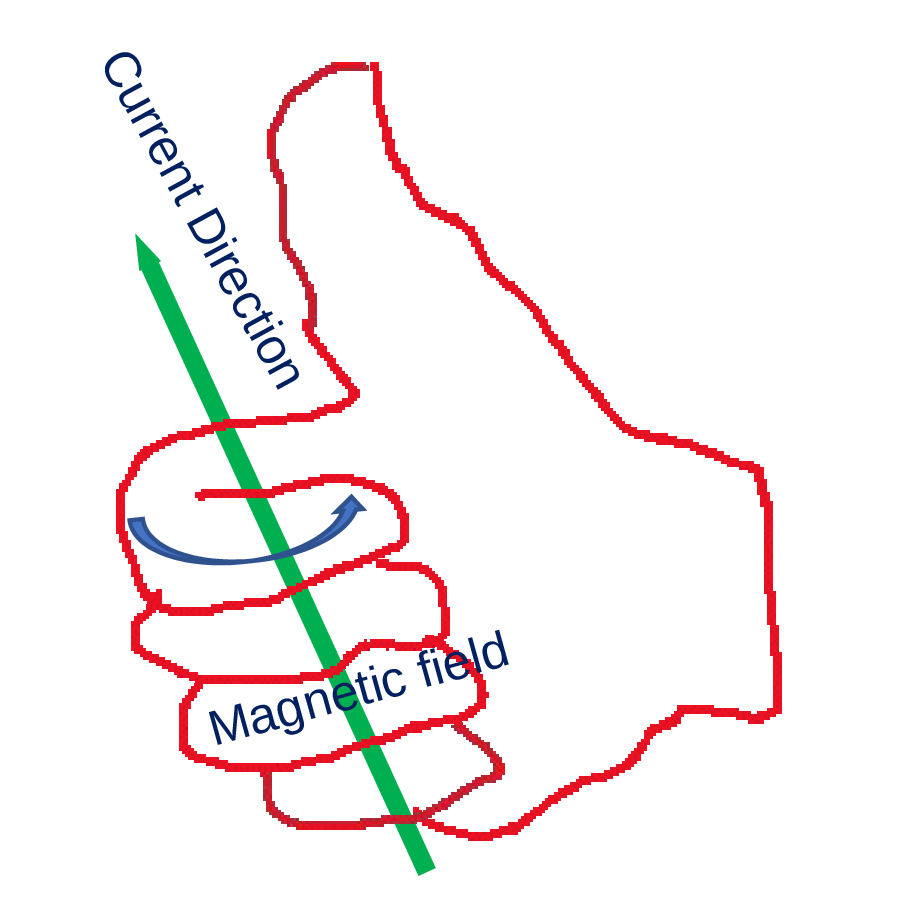Subsection 5.3.1 Electromagnetism

Hans Christian Orsted discovered that electric currents can produce magnetic fields and Faraday discovered that magnetic fields can be used to induce electric currents in a circuit. A moving electrical charge also generates a magnetic field just as a changing magnetic field induces current in a conductor. In fact, a traditional magnet is the result of individual motion of electrons within the atoms of the magnet. These atoms are so aligned that the magnetic field produced by their electrons are pointed along a uniform direction giving rise to a mangetic field of the magnet. In non-magnetic materials, the electrons move in such a way that the individual magnetic fields point in different directions, so they cancel each other out and the net magnetic field generated is negligible. In normal condition, magnetic fields of the magnetic material are distributed in groups of small regions, called domains and magnetic fields of each domain are oriented in different directions to cancel each other’s effect. This is why iron is just a piece of metal bar unless it is magnetized.
Electromagnetism is considered as the interaction of electric and magnetic effects. It tells that
- the moving charges (current) give rise to magnetic fields, current produce magnetic field
1
javalab.org/en/oersteds_experiment_en/ - changing magnetic field gives rise to electric current magnetic field generating current
2
javalab.org/en/faradays_law_en/
The direction of the magnetic field produced by a current in wire can be determind using right hand thumb rule. If fingers of the right hand are curled along the direction of the current moving then the thumb is pointed along the direction of the magnetic field produced by the current. In contrary, if the thumb is pointed along the direction of the current then curled fingers show the direction of the magnetic field generated around the wire.
